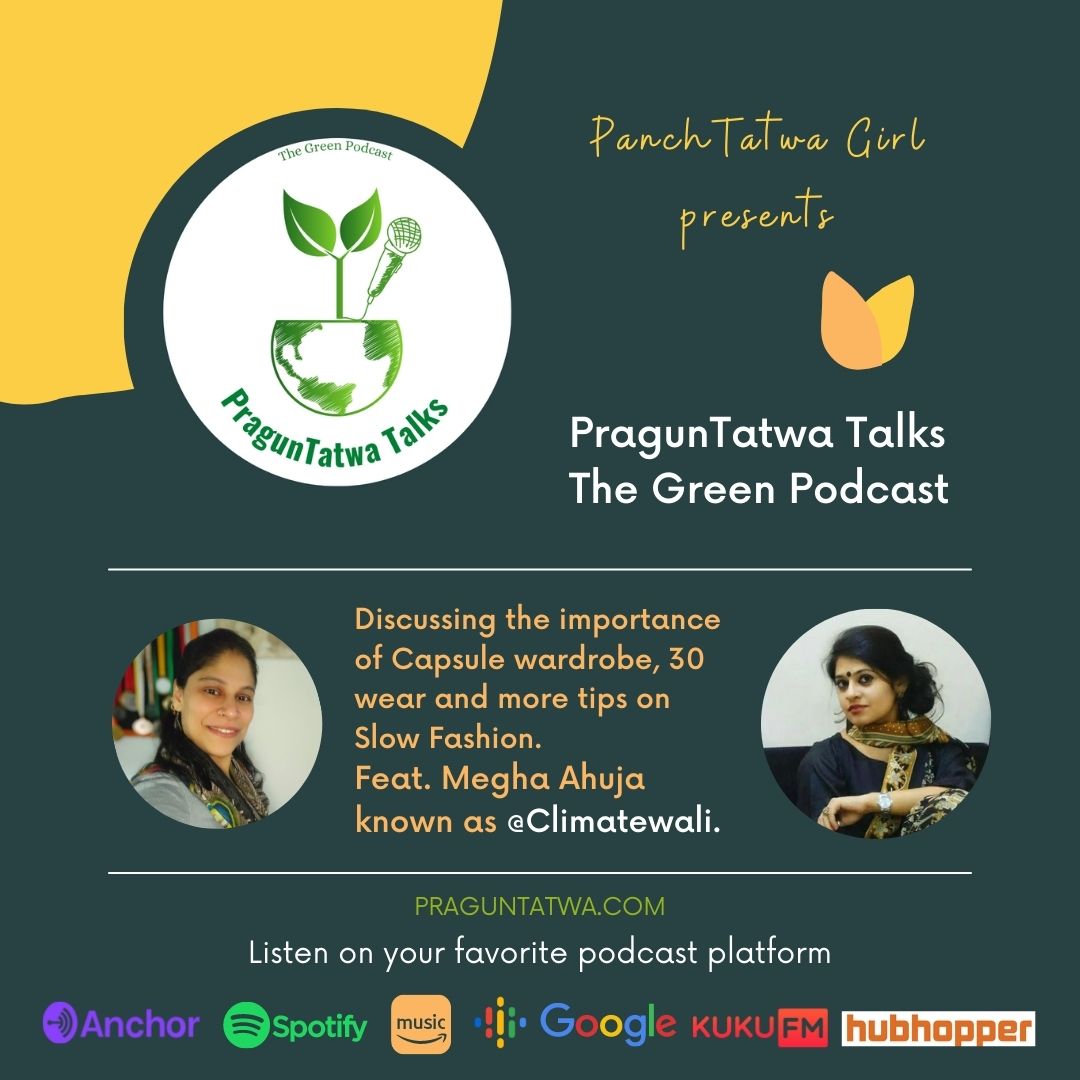“The greatest threat to our planet is the belief that someone else will save it.” – Robert Swan
The fashion industry contributes approximately 2.1 billion tonnes of greenhouse gas emissions yearly, equivalent to 4% of all global emissions. The environmental impact of fast fashion comprises the depletion of non-renewable sources, emission of greenhouse gases, and the use of massive amounts of water and energy. In addition, the fashion industry is the second largest polluter in the world just after the oil industry. And the environmental damage is increasing as the industry grows.
Fast Fashion
Fast fashion can also be seen as the overproduction of clothes, apparel, shoes, accessories, and more. This exponential increase causes the need for more resources and the need for a speedier process from which clothes are produced. The greenhouse emissions come from the processes along the industry’s supply chain, from the raw materials to production and processing to transport and shipping.
Furthermore, Fashion production makes up 10% of humanity’s carbon emissions, dries up water sources, and pollutes rivers and streams. What’s more, 85% of all textiles go to the dump each year (UNECE, 2018), and washing some types of clothes sends a significant amount of microplastics into the ocean.
Slow Fashion and ways to reduce climate waste
In direct opposition to fast fashion, the slow fashion movement aims to: Produce clothes that use sustainable materials that last. Offer timeless designs and are made to be worn for many years. Design clothes in a way that means they can be repaired, giving them a longer life. Its believed that Slow fashion employs more eco-friendly production methods.
- Buy less and keep clothes longer.
- Opt for second-hand, swap, and rent clothing.
- Buy clothes from sustainable brands if you can
- Repurpose old clothes.
- Think twice before throwing out your clothes.
Meet our Climatewali
Join #PanchTatwaGirl and Megha Ahuja known as @climatewali in this candid talk on fashion, sustainability, and what it takes to be a conscious Gen Z consumer! Listen to this podcast with a cup of chai or Kapi for hearty laughs, awkward pauses, and doable ways to save the planet with Megha Ahuja is known as @climatewali So, next time you’re shopping for clothing, think twice about what you need — and whether you can go without the item or purchase a more sustainable version. By keeping these tips in mind, we can build more eco-friendly wardrobes. You can check the Instagram page of our Climatewali to learn eco-friendly living practices, composting tips, slow fashion ideas, and much more…
Listen to the episode on –
Spotify
Apple Podcast
Amazon Music
Google Podcast
Hubhopper
Anchor
JioSaavn
Kuku FM
Gaana
Acast

More on Green talks-
In light of, eco-friendly talks do listen to other episodes of Green Talks.
Support, share, and try to bring that one change in your life towards a greener tomorrow.
Episode 1 – Eco-travel
Ep 3 – Know Your plastic
Episode 4 – Rainwater harvesting and manure water
Ep 10 – KalpVriksh Farms
Ep 16 – Good Earth Ambassadors
Episode 21 – Soil and Health
In addition, You can even listen to the episode on my podcast site praguntatwa talks, and leave your comments on what you liked in this episode. Along with Eco-friendly discussions, I even want to share Positive stories of people bringing beautiful change to this world. Do read these stories here. I also have other podcasts if something interests you do tune in for PanchTatwa Girl.

Leave a Reply